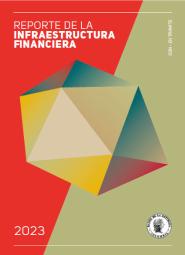Forward Guidance with An Escape Clause: When half a promise is better than a full one
La serie Borradores de Economía es una publicación de la Subgerencia de Estudios Económicos del Banco de la República. Los trabajos son de carácter provisional, las opiniones y posibles errores son responsabilidad exclusiva del autor y sus contenidos no comprometen al Banco de la República ni a su Junta Directiva.
Using a three-equation New Keynesian model we find that incorporating an escape clause (EC) into Forward Guidance (FG) is welfare improving as it allows the monetary authority to avoid cases in which the cost of reduced flexibility is too high. The EC provides the central bank with another instrument (additional to the promised policy rate), the announced threshold. The greater the size of the recessionary shock the lower the optimal promised rate and the higher the optimal threshold (i.e. the higher the probability of delivering the promised rate). While FG with an EC is better than discretion for facing any zero-lower bound (ZLB) situation, unconditional FG performs better than discretion only in the most extreme 16% of ZLB events. Furthermore, even for very large recessionary shocks it is not optimal to make unconditional promises.
The views expressed in the paper are those of the authors and do not represent those of the Banco de la República or its Board of Directors.
Update 12/11/2014 12:01 p.m.


















































